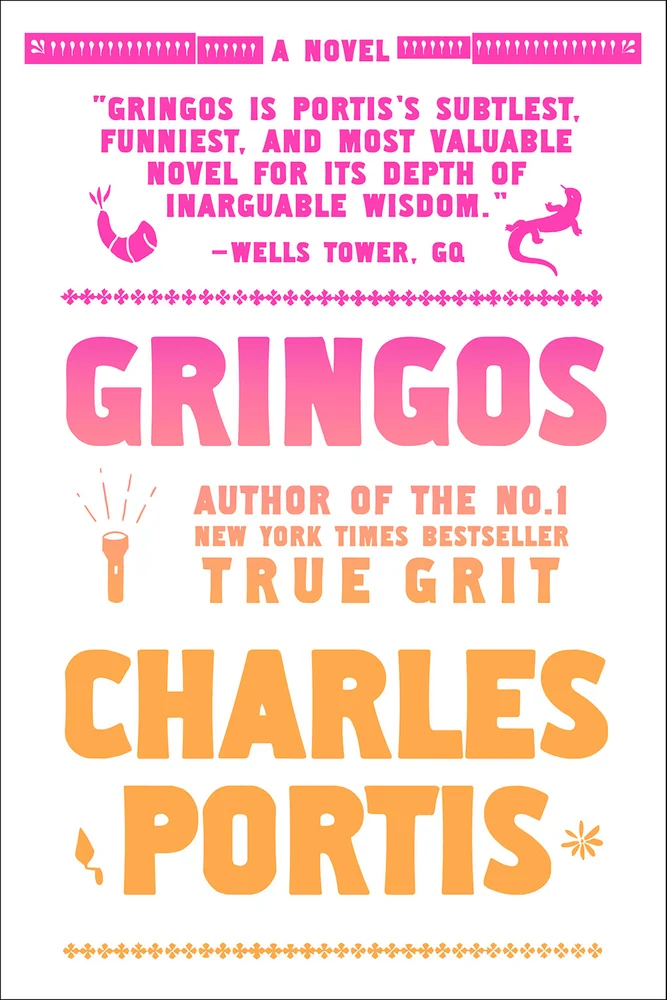Curated by ELLY HONG
Issue 23 of The Common features work by a wide array of writers from across the globe. Take a look at some of the writing that has inspired them in this month’s round of Friday Reads.

Vahni Capildeo’s Like a Tree, Walking and Joan Naviyuk Kane’s Dark Traffic; recommended by G.C. Waldrep (Issue 23 contributor)
I’ve been fascinated with Vahni Capildeo’s work ever since Measures of Expatriation, which won the prestigious Forward Prize for best poetry collection in the UK. In their newest collection, Like a Tree, Walking, Capildeo is extravagantly fearless in their deployment (if that is the right word) of poetic form: these are the rare poems that actually risk, again and again. The poems in Like a Tree, Walking are more conventionally lyric than in some of the earlier collections—indeed, more conventionally sited within a recognizable ecological discourse—but there is wild beauty across this collection, as well as an awareness of a global geopolitics that links Windrush with The Odyssey in the richest way. There is simply no other poet like Capildeo writing in English.
Joan Naviyuk Kane’s Dark Traffic eluded me almost entirely when I first read it last year, and yet I keep returning to it. What it has in common with Capildeo is a ranging, challenging approach to poetic form: the forms here are, with reference to the old Duncan-Levertov debate, less vessels than vectors. The themes will be familiar to readers of Kane’s earlier collections: Inupiaq language and culture, nested exiles, ecological trauma, sexual trauma, the various colonialisms associated with the region we now think of as Alaska, the intricacies of a primarily metronymic inheritance. So many poetry collections these days have several pages of “notes” at the end, but Dark Traffic has none: no glosses for the Inupiaq words, no explanatory scenarios. Kane insists, tacitly and fiercely, that the reader come to her, to where the poems are. In a sense “where the poems are” is the poet-speaker’s shifting identity across this collection, in which the “I” is often fugitive or, if present, delayed.

Kassia St. Clair’s The Secret Lives of Color; recommended by Lynne Thompson (Issue 23 contributor)
I’m pretty sure if you ask most writers of any genre, they will tell you they don’t limit their reading practice to their own genre(s). Rather, they read wildly, eclectically. I am no different than these writers and, thus, I’m excited to recommend The Secret Lives of Color by Kassia St. Clair, which quickened my poet’s heart.
Coming of age in the mid-twentieth century, it seemed to me that white was the only, the dominant color. White bedsheets, pillowcases. My daddy’s white boxers that Mother made me iron. What was it, you might ask, that occasioned an outburst of color thereafter? All I know is that Mother disdained those who refined their definition of the color pink by asserting that it was actually salmon. Of course, Mother never had the chance to read St. Clair’s compilation of mini-essays that rely on John Ruskin’s statement “the purest and most thoughtful minds are those which love color most.”
St. Clair doesn’t merely offer descriptions of a wide palette of colors, but she provides the histories and phenomena that birthed them: for example, the ultramarine first found in the Bamiyan Valley of Afghanistan adorning statues that were ultimately destroyed by the Taliban; the dark drama of M. Caravaggio’s umber in his Nativity with St. Francis and St. Lawrence and others of his paintings; quimper, the soft cornflower blue which I never knew to call “color of dusk.” If you drink color the way I do, you will love this book.

Arvind Krishna Mehrotra’s Selected Poems and Translations; recommended by Anu Kumar (Issue 23 contributor)
“A city best lived in
from afar.
Unfrantic city
with tree-lined streets
turned upside down,
its ostrich head buried
in burnt motor oil.”
(from “Provinces”)
When I think of the poet Arvind Krishna Mehrotra, I think also of the leafy, shaded streets of Allahabad, the quiet environs of its university campus, and old bungalows that once lined the river Ganga. Allahabad is just one of the many places Mehrotra lived and worked in and that he evokes in his poems and essays.
Mehrotra is multi-faceted. As a poet, he has translated from ancient Indian languages of Sanskrit and Prakrit, and more modern-day writers in Hindi and Bengali. In his lifetime, he edited several magazines, and published books of poetry by his contemporaries. His essays mirror his concerns and engagement with the state of Indian literature in English, as it has adapted, or evolved—or not evolved—over the last decades.
In 2020, the New York Review of Books published a compilation of Mehrotra’s selected poems and translations, and this could not have been timelier and more welcome. His poems, whether on Indian cities, modern-day angst, or delving on snippets of history, are wry, thoughtful, inward-looking, yet reflective of much bigger concerns.
For instance, in “Ramapithecus and I,” Mehrotra juxtaposes the distant past with the more mundane immediate, to achieve a strange connection; a unity achieved over geological time.
“The young swamp he came to
Six million years ago
…
In the wall-map’s mixed forest,
A dotted power line along its edge
…
Making his home
Where his implements took him,
He waited for the rains to break.
Cutting my finger, it’s his blood I taste.”
This is a collection I have picked up and re-read often in these last two years. Partly for reasons of nostalgia, partly to breathe in the many worlds Mehrotra traverses in his poems.
And, last but not least, four mini-reviews of short novels from contributor Lauren Camp:
I am always reading poetry, but lately, I’ve also craved more prose. Though I can’t muster enough attention for long, sprawling novels, I’ve wanted to settle into characters and plot. In the last few weeks, I’ve read several captivating shorter books that present a taste of other places.
I t was easy to drop into Carson McCullers’ novella, The Ballad of the Sad Café, which was first published in 1951. I was as entranced by the location and traditions of the small Southern town, and Miss Amelia, the main character, as I was by the mystery within the story.
t was easy to drop into Carson McCullers’ novella, The Ballad of the Sad Café, which was first published in 1951. I was as entranced by the location and traditions of the small Southern town, and Miss Amelia, the main character, as I was by the mystery within the story.
 I love a history told in fragments, and I’m always willing to deepen my understanding of visual art. Robin Lippincott has done his research and rendered it new in Blue Territory: A Meditation on the Life and Art of Joan Mitchell. This tribute reckons a bold woman working in an era when male artists were the ones that mattered. It imagines the endeavor and shows how colors worked through Mitchell’s hands.
I love a history told in fragments, and I’m always willing to deepen my understanding of visual art. Robin Lippincott has done his research and rendered it new in Blue Territory: A Meditation on the Life and Art of Joan Mitchell. This tribute reckons a bold woman working in an era when male artists were the ones that mattered. It imagines the endeavor and shows how colors worked through Mitchell’s hands.
 I was charmed by The Housekeeper and the Professor, another small book. Author Yōko Ogawa has created a rich interior setting, two memorable characters, and a problem. The book turns through memory loss, a subject that I’ve written on a lot in recent years. The story builds, even as it disassembles.
I was charmed by The Housekeeper and the Professor, another small book. Author Yōko Ogawa has created a rich interior setting, two memorable characters, and a problem. The book turns through memory loss, a subject that I’ve written on a lot in recent years. The story builds, even as it disassembles.
 One other work to mention is On Tyranny, which blends graphics by Nora Krug (who wrote the acclaimed graphic novel Belonging) and lessons on authoritarianism by historian Timothy Snyder. The landscape in these pages is global, historical, and political. The book is visually compelling and entirely terrifying.
One other work to mention is On Tyranny, which blends graphics by Nora Krug (who wrote the acclaimed graphic novel Belonging) and lessons on authoritarianism by historian Timothy Snyder. The landscape in these pages is global, historical, and political. The book is visually compelling and entirely terrifying.




